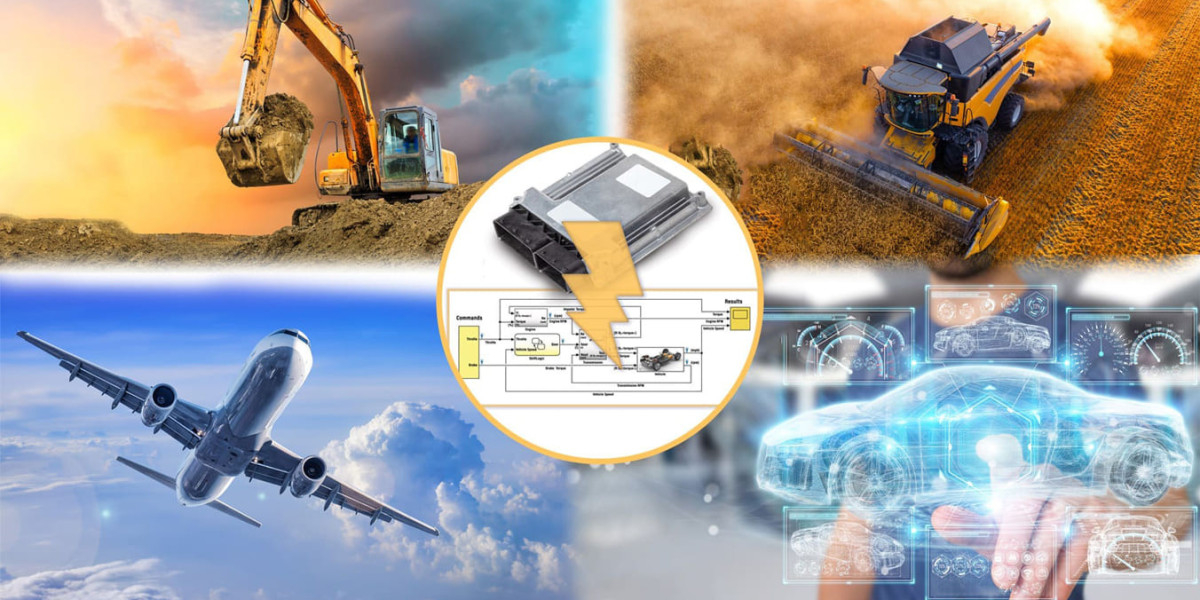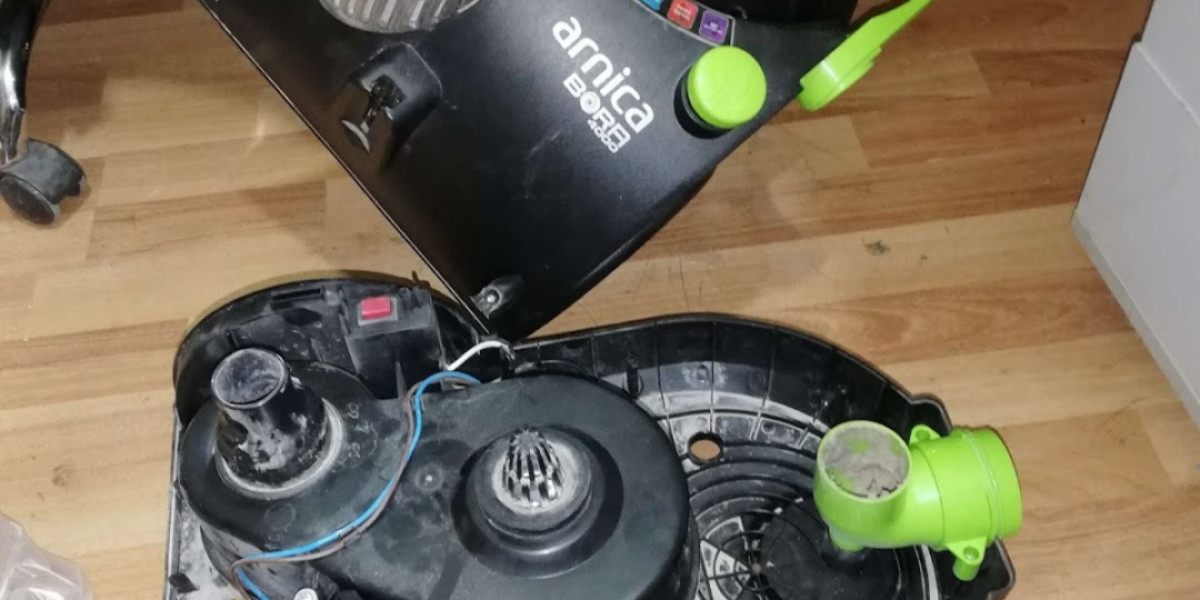Precision farming equipment is at the forefront of transforming agriculture by leveraging advanced technologies to enhance efficiency, productivity, and sustainability. By integrating sensors, automation, and data analytics, these tools enable farmers to optimize resource use, increase crop yields, and reduce environmental impact.
Types of Precision Farming Equipment
Precision farming equipment encompasses a diverse range of tools designed to address specific agricultural needs:
GPS-Guided Tractors and Harvesters: Equipped with Global Positioning Systems (GPS) and auto-steering, these machines ensure precise navigation, reducing overlap and fuel use. Harvesters with yield monitors collect data to map field productivity.
Drones and UAVs: Drones fitted with multispectral or thermal cameras monitor crop health, detect pests, and map fields. They also support targeted spraying, offering cost-effective solutions for large-scale farms.
Soil and Crop Sensors: These devices measure soil moisture, nutrient levels, and pH in real time. Mounted on machinery or placed in fields, they guide irrigation and fertilization, while crop sensors like NDVI assess plant vigor.
Variable Rate Technology (VRT) Equipment: VRT-enabled seeders, sprayers, and fertilizer applicators adjust input rates based on field variability, minimizing waste and optimizing resource application.
Autonomous Machinery: Self-driving tractors, planters, and robotic weeders use AI and machine vision to perform tasks like planting and weeding, reducing labor costs and enabling 24/7 operation.
IoT and Weather Stations: IoT devices and on-farm weather stations monitor conditions like humidity and rainfall, integrating data into management systems for real-time decision-making.
Farm Management Platforms: Software like John Deere’s Operations Center or Trimble’s Ag Software integrates data from equipment and sensors, providing insights for field management and operational efficiency.
Functionalities and Applications
Precision farming equipment supports a wide array of agricultural tasks:
Field Mapping: GPS and drones create detailed maps of soil and crop variability, enabling targeted interventions like variable seeding or fertilization.
Precision Planting: VRT planters adjust seed placement based on soil conditions, optimizing germination and reducing seed waste.
Irrigation Management: Soil moisture sensors and weather data guide irrigation systems, conserving water and preventing overwatering.
Nutrient and Pest Management: VRT sprayers and drones apply fertilizers and pesticides only where needed, reducing chemical use and environmental runoff.
Yield Monitoring: Harvesters with yield monitors provide spatial data on crop output, informing future management strategies.
Automation: Autonomous equipment streamlines repetitive tasks, enhancing efficiency and addressing labor shortages.
Benefits of Precision Farming Equipment
The adoption of precision farming equipment delivers measurable benefits:
Increased Yields: A 2021 study by the Association of Equipment Manufacturers found that precision technologies increase crop yields by 4% by addressing field variability.
Resource Efficiency: Technologies like VRT reduce fertilizer use by 7%, herbicide use by 9%, and water use by 4%, lowering costs and environmental impact.
Environmental Sustainability: Precise input application minimizes runoff, soil degradation, and emissions, aligning with sustainable farming goals.
Labor Savings: Automation reduces manual labor needs, allowing farmers to focus on strategic tasks and addressing workforce shortages.
Data-Driven Decisions: Real-time data from sensors and software enables proactive responses to weather, pests, or soil changes, improving farm resilience.
Challenges in Adoption
Despite its advantages, precision farming equipment faces adoption barriers:
High Costs: Equipment like drones, VRT systems, and autonomous machinery requires significant upfront investment, challenging for smallholder farmers.
Technical Expertise: Operating advanced equipment demands training in software and data analysis, which may be inaccessible for some farmers.
Connectivity Issues: Rural areas often lack reliable internet, hindering IoT and cloud-based systems. Improved connectivity is essential for scalability.
Data Overload: The volume of data generated can overwhelm farmers without robust management tools or analytical skills.
Interoperability: Lack of uniform standards can limit compatibility between equipment brands, complicating integration.
Future Trends
The future of precision farming equipment is driven by technological innovation and global needs:
AI and Machine Learning: AI enhances predictive analytics for pest detection, yield forecasting, and resource optimization, improving decision-making.
Affordable Solutions: Low-cost sensors and open-source platforms are making precision farming accessible to smallholder farmers, especially in developing regions.
Robotics and Swarm Technology: Small, collaborative robots, like Fendt’s MARS system, will increase efficiency across diverse farm sizes.
Blockchain for Traceability: Blockchain ensures transparent data sharing, enhancing supply chain trust and farm-to-table accountability.
Climate Resilience: Precision equipment will support climate-smart practices, such as drought-resistant planting and water-efficient irrigation, addressing climate challenges.
Conclusion
Precision farming equipment by servotech inc is reshaping agriculture by enabling data-driven, efficient, and sustainable practices. From GPS-guided tractors to AI-powered drones, these tools optimize resource use, boost yields, and reduce environmental impact. Despite challenges like cost, connectivity, and technical complexity, advancements in AI, robotics, and affordable technologies are broadening access. As global food demand rises, precision farming equipment will be crucial for building resilient, productive agricultural systems, ensuring sustainability and profitability for farmers worldwide.








